Vingts Regards sur l'Enfant-Jésus (Melbourne Recital Centre) ★★★★★ and Sir Andrew Davis Conducts Mahler 5 (Melbourne Symphony Orchestra) ★★★★1/2
Vingt Regards sur l'Enfant-Jésus (Twenty Contemplations on the Christ Child) was written in 1944 by Olivier Messiaen (1908–92) for his muse, subsequent wife, and dedicatee of the cycle, the pianist Yvonne Loriod. The cycle consists of twenty works of varying length for solo piano, each illustrating different mysteries of the Christ child. A complete performance takes about two hours. Vingt Regards and Messiaen's other, more frequently performed works from the 1940s – Quartet for the End of Time (1941) and the Turangalîla Symphony (1949) – between them show the composer's distinct sound worlds, eclectic influences, tonalities and harmonic invention, extraordinary rhythmic play, and lifelong fascination with birdsong. Vingt Regards, an intensely spiritual work, is the most overtly religious of the three. Messiaen gave each Contemplation a title – Contemplation of the Father, Contemplation of the Star and so forth – and followed these with more detailed descriptions on the musical and spiritual aspects of each work, guiding the performer and listener alike. This programmatic aspect of the cycle, along with recurring themes – notably the majestic Theme of God – gives it its structure. Within the score there are quite specific instructions to the performer: Leitmotifs are labelled, birdsongs identified, metronome speeds given.
Continue reading for only $10 per month. Subscribe and gain full access to Australian Book Review. Already a subscriber? Sign in. If you need assistance, feel free to contact us.



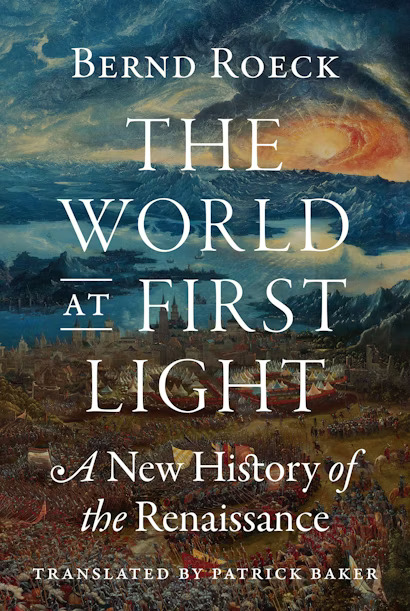
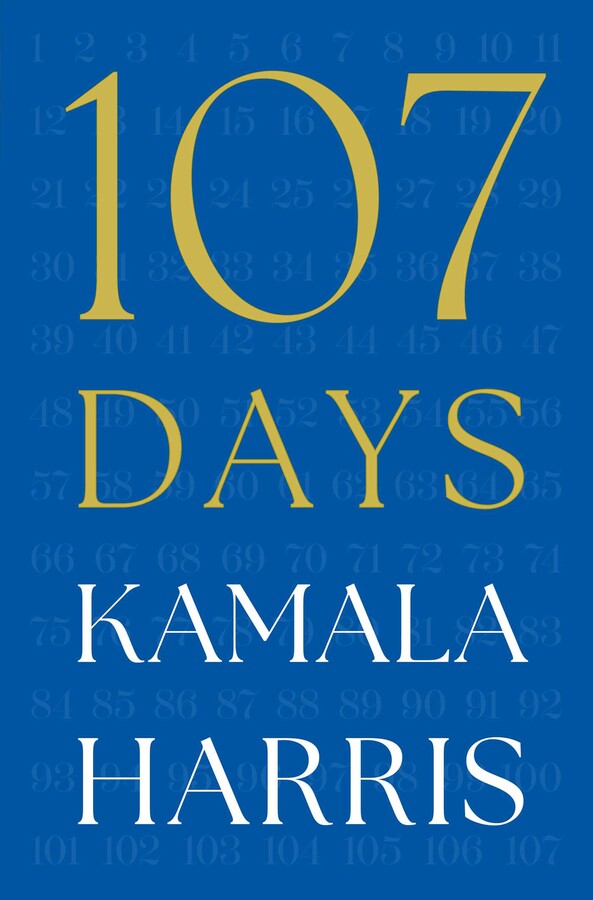

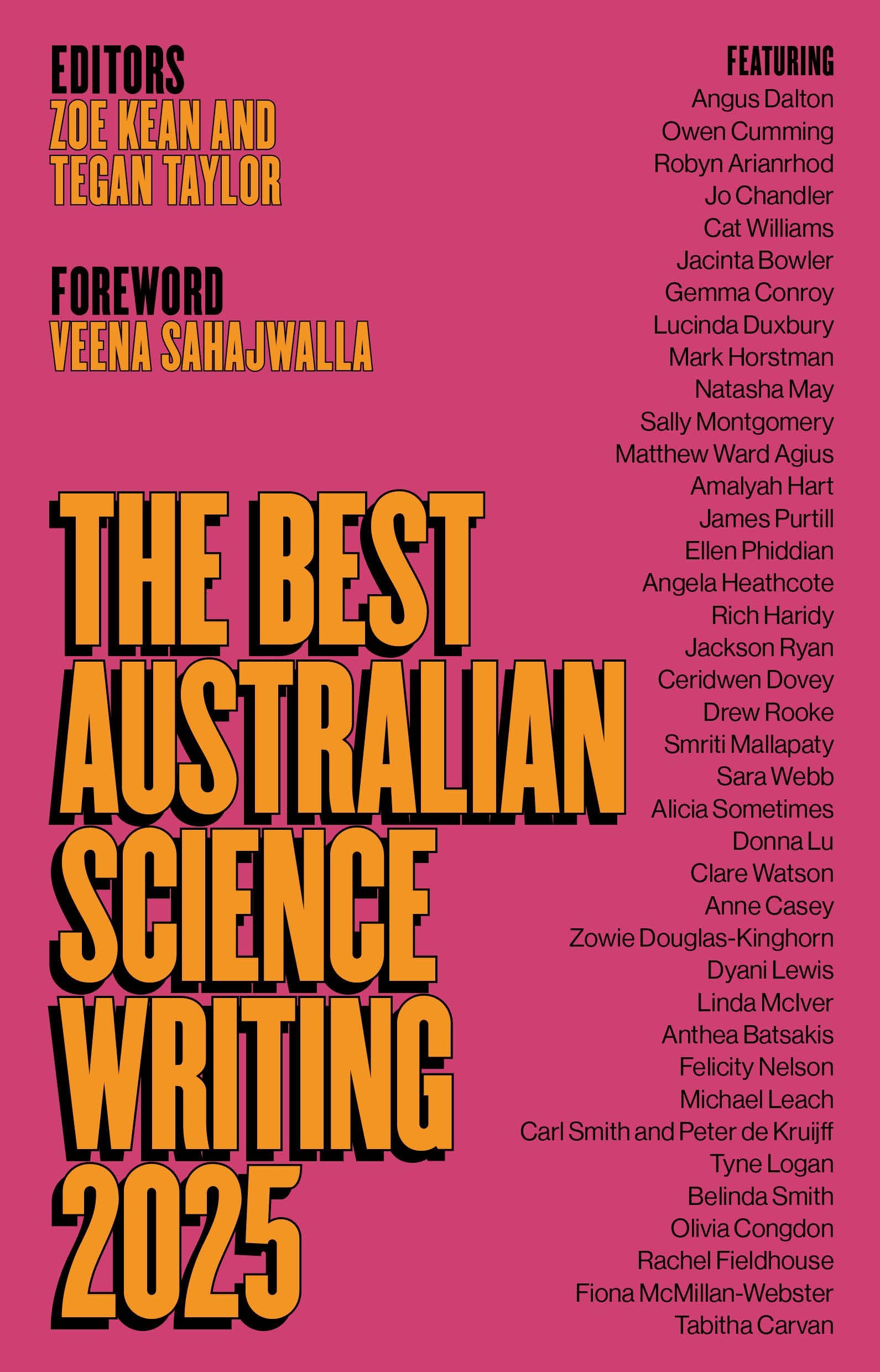

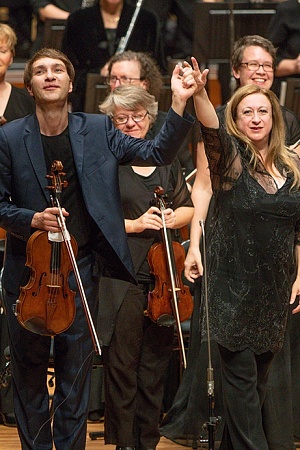

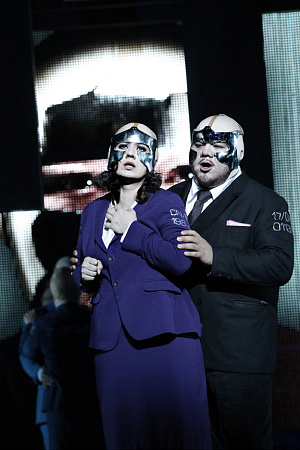
Leave a comment
If you are an ABR subscriber, you will need to sign in to post a comment.
If you have forgotten your sign in details, or if you receive an error message when trying to submit your comment, please email your comment (and the name of the article to which it relates) to ABR Comments. We will review your comment and, subject to approval, we will post it under your name.
Please note that all comments must be approved by ABR and comply with our Terms & Conditions.